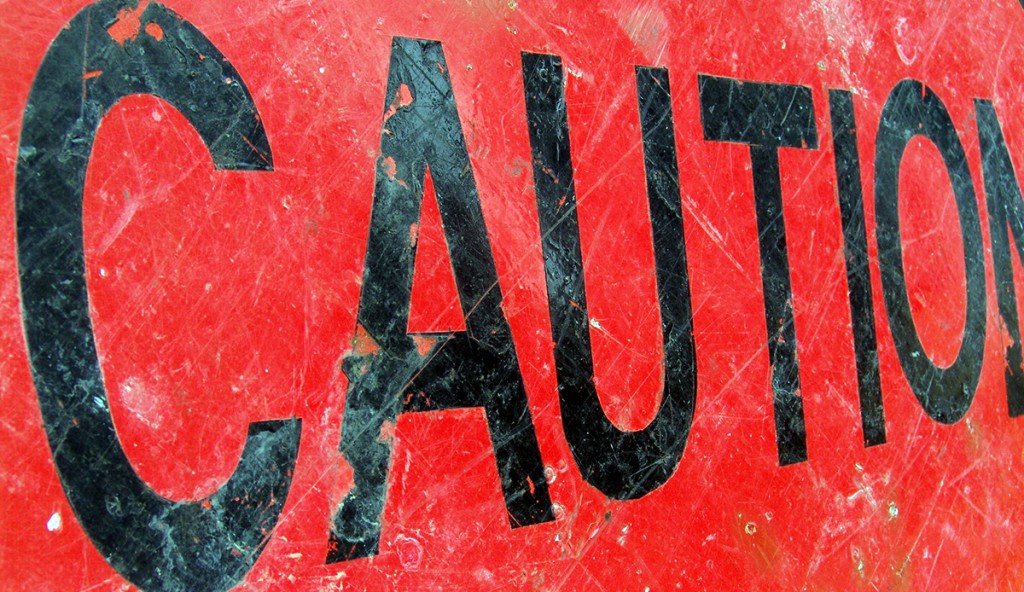Don’t get greedy in the late stages of a rally
The Dow just posted its fourth fastest 1,000 point gain ever, but investors shouldn't get too excited
Advertisement
The Dow just posted its fourth fastest 1,000 point gain ever, but investors shouldn't get too excited

Read: The hard sellThe length of this bull market isn’t the only reason Rosenberg urges caution. What concerns Rosenberg are the parallels he sees between the current market and October 1987, the stock market collapse that wiped 20% off the Dow in a single day. Excessive valuations, low volatility, high investor sentiment and an untested leadership at the U.S. Federal reserve were hallmarks of that bleak period for investors 30 years ago. You can make those same observations about the market today and that should give investors pause.
Share this article Share on Facebook Share on Twitter Share on Linkedin Share on Reddit Share on Email